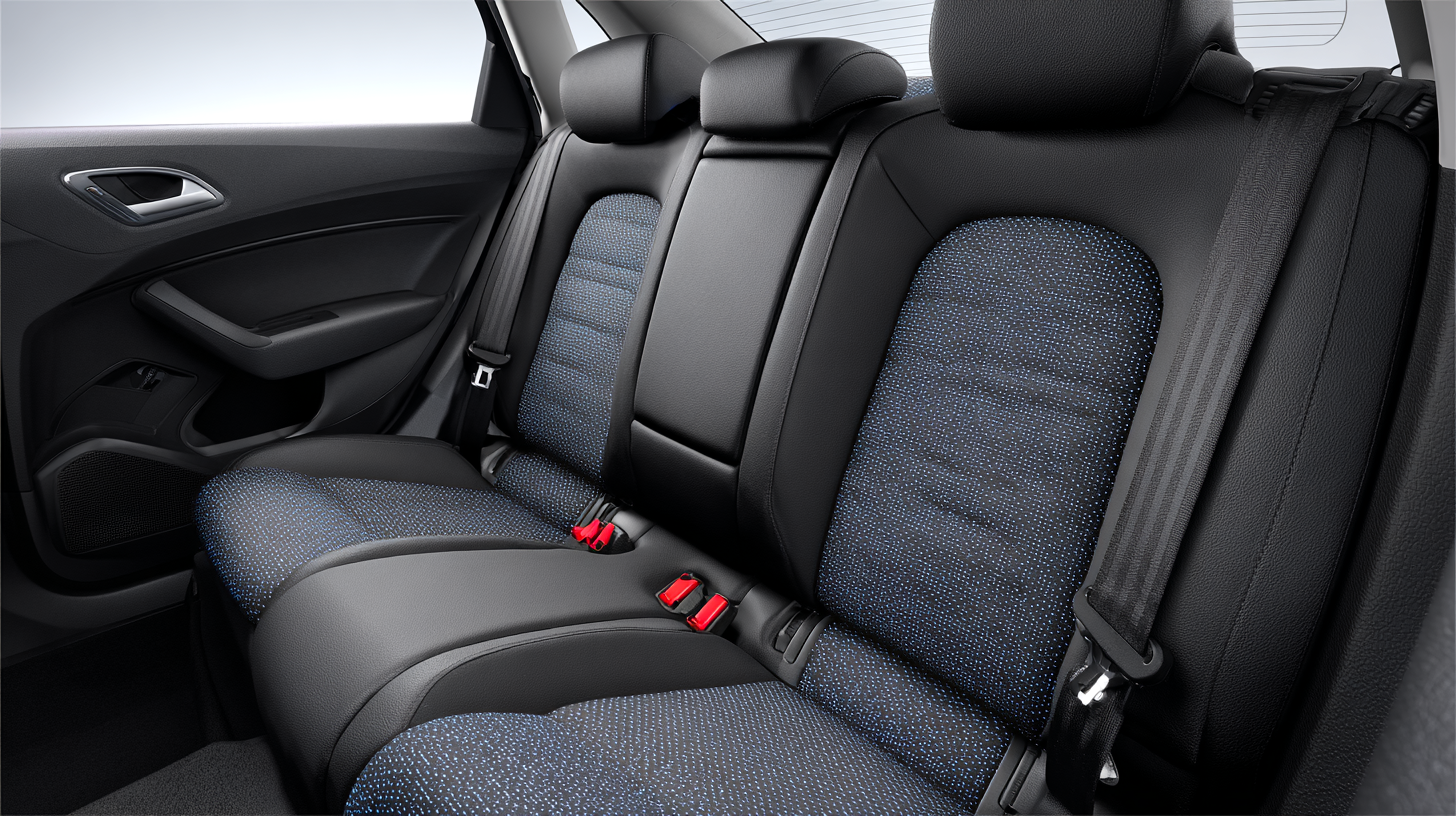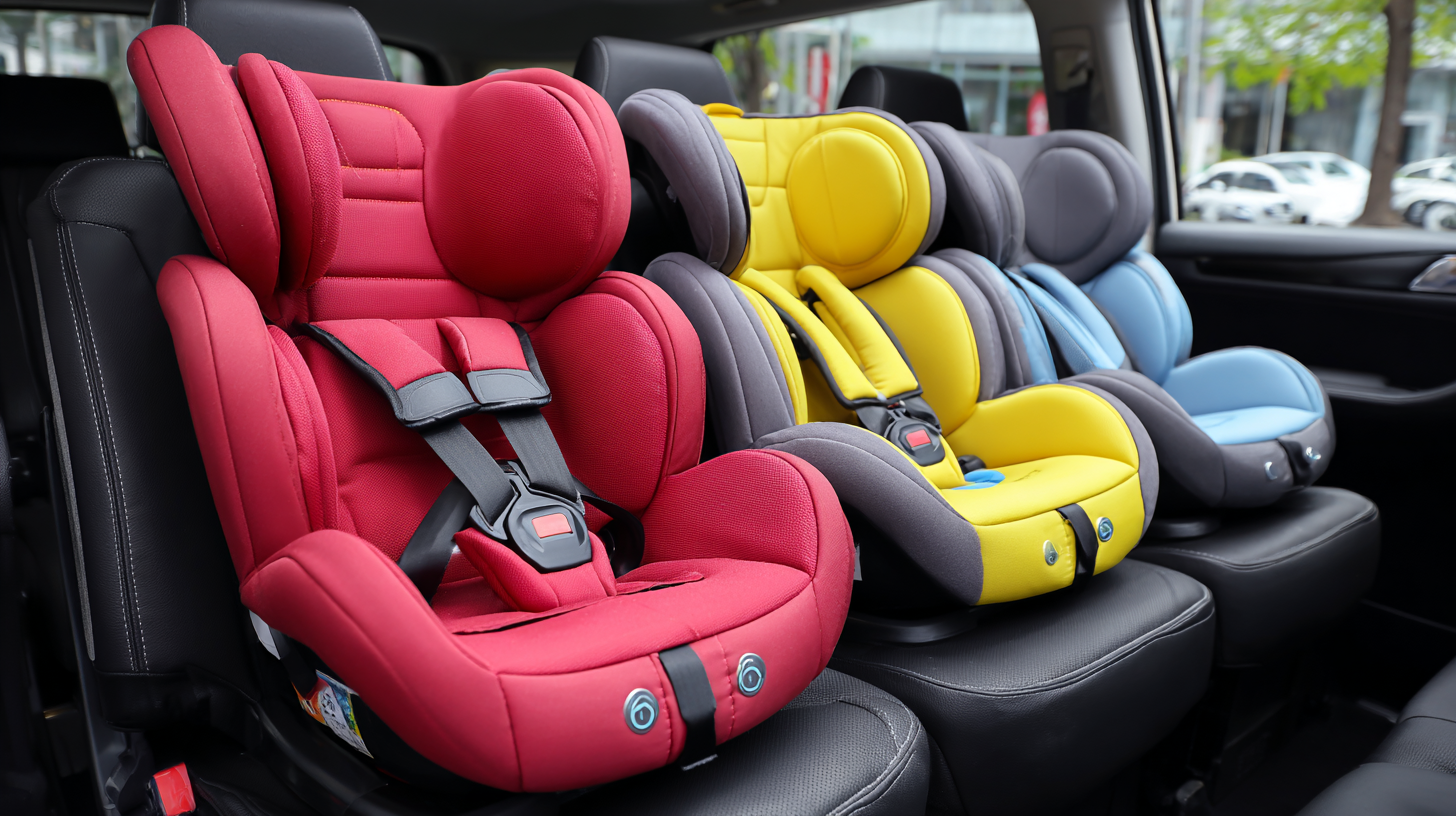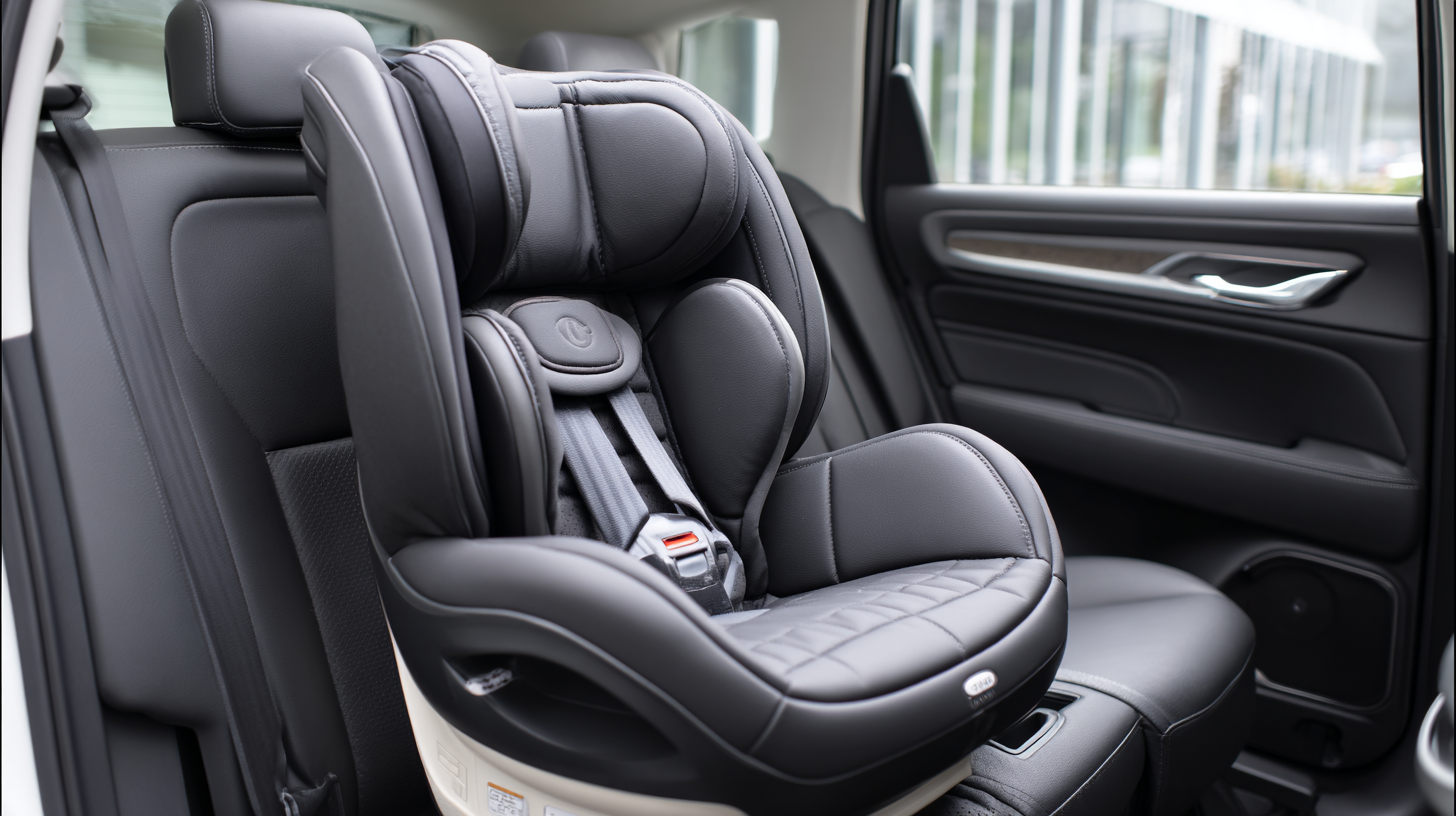Choosing the right Child Safety Seats is a critical decision for any parent or guardian aiming to ensure the safety of their little ones during travel. With an overwhelming variety of options available globally, from rear-facing to booster seats, understanding the factors that make a seat the best choice for your child is essential. This ultimate guide is designed to simplify the process, offering practical solutions tailored to the unique needs of families across different regions. By delving into essential safety standards, installation tips, and age-appropriate recommendations, we aim to empower global buyers with the knowledge needed to make informed decisions. Whether you are a first-time parent or looking to upgrade your current seat, this comprehensive resource will help you navigate the complexities of selecting the best Child Safety Seats, ensuring peace of mind on every journey.

When it comes to selecting the best child safety seat, understanding the different types available is crucial for every global buyer. Broadly, child safety seats fall into three main categories: infant seats, convertible seats, and booster seats. Infant seats are designed for newborns and younger babies, providing the ideal rear-facing position until they reach a certain weight or height. Convertible seats can be used both rear-facing and forward-facing, offering versatility as your child grows. Booster seats elevate older children to ensure proper seat belt positioning, making them essential for transitioning from a car seat to an adult seat belt.
Tip: Always check the weight and height limits of each seat to ensure it is appropriate for your child's age and size. Additionally, consider the seat's installation method—some seats come with latch systems or can be tethered to the car for added security.
Another essential consideration is the safety ratings and features. Look for seats that meet or exceed safety standards, as they provide peace of mind on every journey. Many models also include side-impact protection and energy-absorbing materials, which enhance your child's safety in the event of a collision.
Tip: Don’t hesitate to invest in a seat with a five-point harness for toddlers, as it offers superior protection compared to traditional seat belts.
| Type | Age Range | Weight Limit | Installation Type | Safety Standards |
|---|---|---|---|---|
| Infant Seat | 0-12 months | Up to 35 lbs | Base Installation | FMVSS 213 |
| Convertible Seat | 0-4 years | 5-40 lbs (Rear-facing), 20-65 lbs (Forward-facing) | Seatbelt or LATCH | FMVSS 213 |
| Booster Seat | 4-8 years | 40-100 lbs | Vehicle Seatbelt | FMVSS 213 |
| All-in-One Seat | Birth-12 years | 5-120 lbs | Seatbelt or LATCH | FMVSS 213 |
When choosing the best child safety seats, understanding the key safety features is essential for global buyers. First and foremost, look for seats that comply with local safety standards, such as the Euro NCAP or FMVSS in the United States. These certifications indicate that the seat has undergone rigorous testing to ensure it can protect your child in the event of a collision.
Another crucial feature is the five-point harness system. This system secures the child at the shoulders, hips, and between the legs, providing maximum restraint and minimizing movement in a crash. Additionally, consider the seat's design, ensuring it offers side-impact protection. Seats with integrated side wings and energy-absorbing foam can significantly enhance safety during side collisions.
Tips for selecting the right seat include checking for adjustable headrests and reclining options, which can accommodate growing children and provide comfort during long journeys. Always test the seat in your vehicle for a proper fit, and ensure that it can be installed securely. Finally, keep an eye on the expiration date of child safety seats, as materials can degrade over time, affecting performance.
When it comes to child safety seats, age and size are crucial factors in ensuring your child’s safety during travel. Infants require rear-facing seats that support their delicate necks and spines, typically from birth up to about 2 years old. The American Academy of Pediatrics (AAP) recommends keeping children in a rear-facing position until they exceed the height and weight limits of their safety seat. Parents should look for seats that offer ample recline and side-impact protection to ensure a snug fit for newborns and smaller infants.

As children grow, transitioning to forward-facing seats becomes necessary. These seats are designed for children aged 2 to at least 4 years, but it is advisable to hold off on this transition until the child is well within the weight and height limits specified by the manufacturer. Once children outgrow their forward-facing seats, booster seats become essential for those aged 4 to 12. It's essential to ensure that the vehicle's seat belts fit properly over the child's shoulders and lap when using a booster seat. By selecting the right safety seat according to your child’s age and size, you are taking a significant step towards their safety on the road.
When it comes to selecting the best child safety seats, understanding top brands and models available globally is crucial for parents. Reputable brands like Britax, Graco, and Nuna consistently earn high marks for their commitment to safety and innovation.
Britax, known for its advanced safety features, offers models such as the Britax One4Life, which combines a long lifespan with the flexibility to adjust as your child grows. This model's unique safety shell design absorbs impact, providing peace of mind for parents on the go.
Similarly, Graco’s Extend2Fit has gained popularity for its versatile use from infant to toddler stages. With extended rear-facing capabilities, this seat promotes safety at a crucial development phase.
Meanwhile, Nuna’s Pipa series stands out for its lightweight design and ease of installation, ensuring a secure fit in a wide variety of vehicles. Each of these brands highlights the importance of intuitive design paired with rigorous safety standards, making them prime choices for parents looking to invest in their child’s safety and comfort during travel.
As global consumers explore options, these leading models exemplify the best in child safety seats, ensuring that children are well-protected no matter where they are.
When it comes to ensuring the safety of children while traveling, proper installation of child safety seats is critical. One common mistake parents make is not following the manufacturer's instructions closely. Each seat is designed differently and may have unique requirements for installation. It's essential to read the instruction manual thoroughly and familiarize yourself with the specific features of your seat, including harness systems and connectors. Additionally, always check for correct seat positioning—whether it's rear-facing, forward-facing, or booster—and ensure it's secured tightly in the vehicle without excessive movement.
Another frequent error involves neglecting to adjust the harness as the child grows. Many caregivers forget that the harness should fit snugly against the child's shoulders; it should be neither too loose nor too tight. Regularly checking the fit and adjusting the harness heights as needed can help accommodate your child's growth, enhancing their safety during travel. Moreover, some parents inadvertently overlook the expiration dates of safety seats. Each seat has a limited lifespan, often around six to ten years, and using an expired seat can compromise safety. Always keep track of your seat's expiration date, and when in doubt, invest in a new one to ensure the utmost protection for your little ones.

TradeManager
Skype
VKontakte

